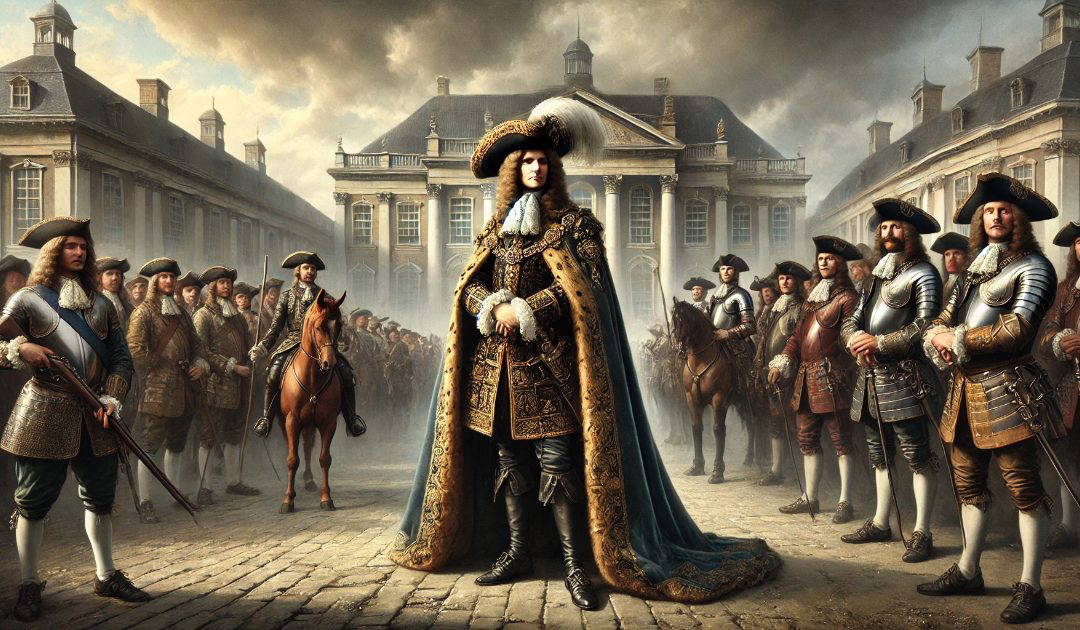King Charles I’s attack on Parliament on 4th January 1642 marked a pivotal moment in English history, leading to the English Civil War. The conflict arose from escalating tensions between the monarchy and Parliament over issues of governance, taxation, and the authority of the king. Charles, who ascended to the throne in 1625, believed in the divine right of kings, which asserted that monarchs were appointed by God and accountable only to Him. This belief put him at odds with Parliament, which sought to limit his power and assert its own authority.
The seeds of conflict were sown during the 1630s when Charles ruled without Parliament for eleven years, a period known as the Personal Rule. He implemented unpopular policies, including heavy taxation and the imposition of Anglican practices, which alienated many Puritans and other religious groups. His attempts to enforce religious uniformity in Scotland through the Book of Common Prayer led to widespread unrest and the Bishops’ Wars, prompting him to call Parliament in 1640 to raise funds for military campaigns.
The Long Parliament convened in November 1640 and quickly became a platform for opposition against Charles’s rule. Members sought to address grievances, including the king’s arbitrary taxation and his dismissal of Parliament. Tensions escalated as Parliament passed a series of laws aimed at curbing the king’s powers, including the Triennial Act, which mandated that Parliament must be convened at least once every three years.
In January 1642, Charles made a fateful decision to confront Parliament directly. He entered the House of Commons with a group of armed soldiers, intending to arrest five members—John Hampden, Denzil Holles, Arthur Haselrig, William Prynne, and Henry Marten—on charges of treason. However, the members had been tipped off and had already fled, leaving Charles humiliated. This act was seen as a blatant violation of parliamentary privilege and an assault on the institution itself.
The failed arrest further inflamed public opinion against the king. Many viewed his actions as tyrannical, and support for Parliament grew. By the summer of 1642, the situation had deteriorated into open conflict, with both sides raising armies. The king’s attempt to assert control led to the formation of the Royalist forces, while Parliament rallied supporters to form the New Model Army.
The attack on Parliament was not just a political miscalculation; it symbolised the struggle between monarchy and democracy, setting the stage for a protracted civil war that would ultimately challenge the very foundations of English governance. The conflict would culminate in the execution of Charles I in 1649, a dramatic turn that reshaped the future of the British monarchy and the relationship between the crown and Parliament.
I have learnt probably as much about Charles while researching and writing the fifth book in the Sir Anthony Standen Adventures, than I had previously known. The book is set in Paris during Marie de Medici’s regency. Her younger daughter, Henrietta Maria, was to have married Henry Frederick, Charle’s elder brother, but he died of typhoid in 1612. Henrietta Maria later married Charles.

